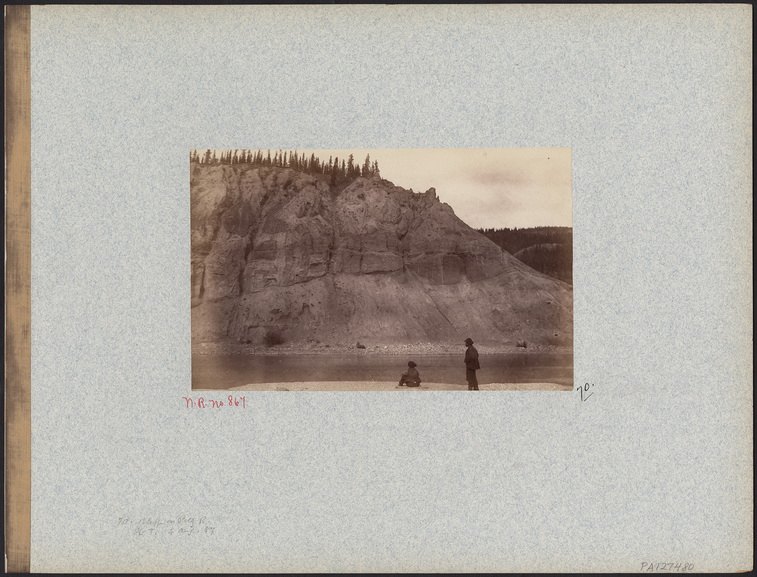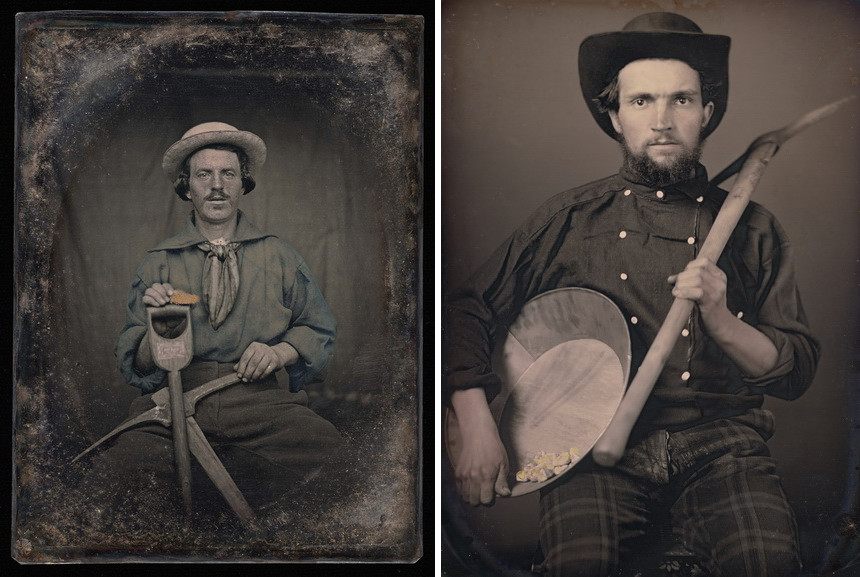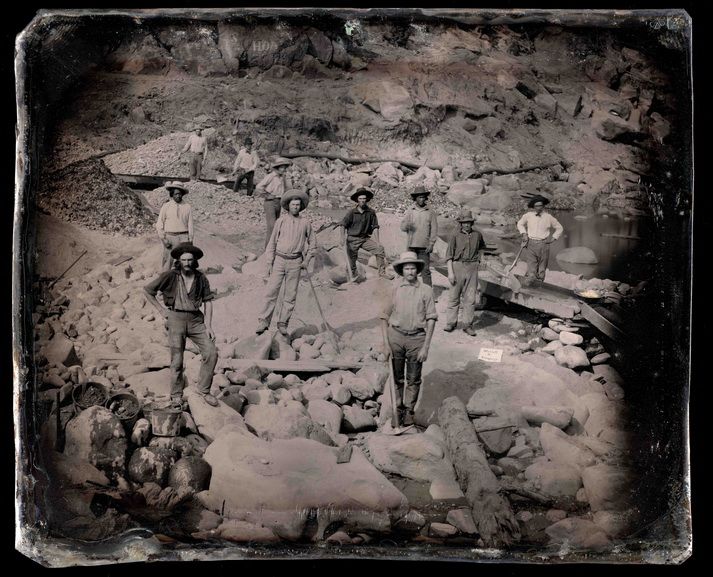[ad_1]
The material proofs of certain events or phenomena, which have changed the course of history, always reveal new layers of meanings useful for better understanding of a specific era. Aside from written texts, official documents or objects, the photographs without the doubt represent past the best. Not only do they silently preserve the memory, but are also perfect representations of cultural and social processes of what’s happened.
The exhibition Gold and Silver which is currently on display at the Foam, an international organization devoted to photography, reveals the enticing tie between economy, technology and art by focusing on the Gold Rush which has swept the United States in the mid-nineteenth century.

Gold Is Forever
The famous Gold Rush started spreading like fire in 1848, after the discovery of this precious metal in California. It lasted for seven long years and the number of people involved with the excavations constantly grew. While the process itself enhanced the economy and industrialization in this particular part of America, the Native Californians suffered greatly from starvation, diseases, and genocide.
It can be said that it was a global phenomenon since not only Americans were involved, but also the people of Europe, Australia, and even China. On the other hand, the Golden Rush has largely contributed to the construction of the myth of American dream or in other terms – of prosperity, affluence, and democracy.

Highlights of The Exhibition
The selection of daguerreotypes and albumen photographs from the nineteen century included in the Gold and Silver exhibition serve as an ode to the hopes and dreams of the gold seekers. Those early photographic works were made on silver polished surfaces, but that process looking from technological stance was very poor.
The silver matter quickly blackens when exposed to light, which is a good thing. The bad thing, on the other hand, is that the final images were sensitive and faded as the time passed by and only if toned with gold they would they become long-lasting.
Interestingly so, single portraits of adventurers see them posing as proud, independent and full of hope. The group compositions are often contrasted with the lavish Californian landscapes and depict the following processes of their daily lives like the installment of cottages, railroads, etc.

Gold and Silver at the Foam
These outstanding photographs are not only telling a story of the simultaneous use of silver and gold, but are also proofs of various economic, social and political processes that shaped the American society.
This project is a result of collaborative work of the Canadian Photography Institute of the National Gallery of Canada and Foam in Amsterdam, where it will be on display until 10 June 2018.
Featured image: Outdoor Scene with Unidentified Group of Miners in Front of Cash Store, 1850 © Canadian Photography Institute of The National Gallery of Canada / Archive of Modern Conflict, Daguerreotype. All images courtesy Foam Amsterdam.
[ad_2]
Source link
